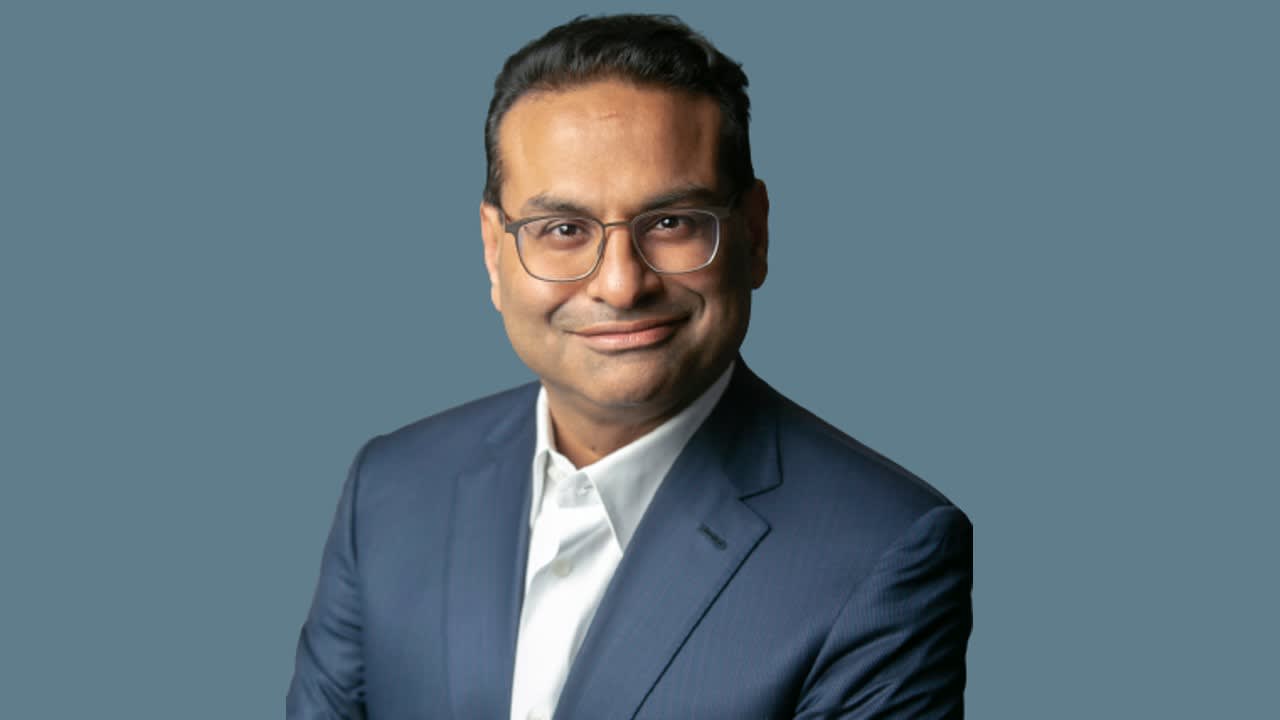Laxman Narasimhan’s Career Trajectory

Laxman Narasimhan’s career path is marked by a consistent climb through various leadership roles across diverse industries. His journey showcases a blend of strategic thinking, operational expertise, and a knack for navigating complex business environments. This exploration delves into his career trajectory, highlighting key milestones and analyzing his leadership style across different organizations.
Key Roles and Accomplishments
Laxman Narasimhan’s career began at PepsiCo in 1999, where he held several leadership roles across different divisions. His journey through the company demonstrates a pattern of taking on progressively challenging roles and consistently exceeding expectations.
- He started as a senior manager in the marketing department, quickly rising through the ranks to become the president of the Quaker Foods North America division.
- During his tenure at PepsiCo, Narasimhan played a pivotal role in developing and executing strategic initiatives, leading to significant growth and market share gains for various brands.
- He was recognized for his innovative marketing strategies, particularly his focus on digital marketing and consumer insights.
- In 2012, Narasimhan was appointed CEO of PepsiCo’s global beverage business, overseeing a portfolio of iconic brands like Pepsi, Mountain Dew, and Gatorade.
- Under his leadership, the beverage business saw substantial growth and expanded its global footprint.
In 2018, Narasimhan joined Reckitt Benckiser, a global consumer goods company, as CEO. His leadership at Reckitt Benckiser was marked by a focus on transforming the company’s operations and driving innovation.
- He spearheaded a strategic review of the company’s portfolio, leading to the divestiture of non-core businesses and acquisitions that aligned with the company’s long-term vision.
- Narasimhan also emphasized digital transformation, investing heavily in e-commerce and data analytics.
- He implemented a new organizational structure designed to foster collaboration and agility, resulting in improved operational efficiency and product development cycles.
Leadership Style
Laxman Narasimhan’s leadership style is characterized by a data-driven approach, a focus on strategic thinking, and a strong commitment to building high-performing teams.
- He is known for his ability to analyze complex data and translate it into actionable insights.
- He is also a strong communicator and is adept at motivating and inspiring his teams to achieve ambitious goals.
- His leadership style is collaborative, fostering an environment of open communication and shared decision-making.
Leadership at PepsiCo and Starbucks
Narasimhan’s leadership at PepsiCo and Starbucks, though within different industries, reflects a consistent approach to driving growth and innovation. His experience at PepsiCo, a large multinational corporation, provided him with a foundation in strategic management, brand building, and global operations. His move to Starbucks, a consumer-focused brand, allowed him to apply these skills in a different context, emphasizing customer experience and brand loyalty.
- At PepsiCo, Narasimhan’s leadership was focused on optimizing operations and maximizing shareholder value.
- At Starbucks, he is expected to focus on revitalizing the brand, enhancing the customer experience, and driving innovation.
“Narasimhan’s experience at PepsiCo and Reckitt Benckiser has equipped him with the skills and knowledge to navigate the complexities of the consumer goods industry. He is known for his ability to drive growth, build strong brands, and create a culture of innovation.” – Source: Forbes
Narasimhan’s Vision for Starbucks: Laxman Narasimhan

Laxman Narasimhan, Starbucks’ CEO, has Artikeld a bold vision for the company’s future, focusing on growth, innovation, and customer experience. He aims to reposition Starbucks as a global leader in the coffee industry, navigating the challenges of a dynamic market and evolving consumer preferences.
Strategic Goals and Priorities
Narasimhan’s vision is built around three key strategic pillars:
* Growth: Starbucks plans to expand its global footprint, targeting new markets and customer segments. This includes increasing store count in existing markets and exploring opportunities in emerging economies.
* Innovation: The company is committed to investing in new products, services, and technologies to enhance the customer experience. This includes developing innovative coffee blends, expanding its food offerings, and leveraging digital platforms for ordering, delivery, and personalized experiences.
* Customer Experience: Narasimhan emphasizes the importance of creating a personalized and engaging experience for customers across all touchpoints. This involves focusing on store design, employee training, and digital engagement to foster loyalty and drive repeat business.
Addressing Current Challenges
Starbucks faces a number of challenges, including:
* Intense Competition: The coffee industry is highly competitive, with a growing number of players vying for market share. Starbucks must differentiate itself through its offerings, brand, and customer experience.
* Changing Consumer Preferences: Consumers are increasingly demanding personalized experiences, ethical sourcing, and sustainability. Starbucks must adapt its offerings and operations to meet these evolving expectations.
Key Initiatives
Narasimhan has implemented or plans to implement several initiatives to achieve his vision:
* Starbucks Reserve Roasteries: These premium retail locations offer a unique experience, showcasing the art of coffee roasting and serving exclusive blends.
* Starbucks Rewards Program: The program offers personalized rewards and benefits to loyal customers, encouraging repeat purchases and engagement.
* Digital Ordering and Delivery: Starbucks is investing in digital platforms to enhance customer convenience, offering mobile ordering, delivery options, and personalized recommendations.
* Sustainability Initiatives: Starbucks is committed to ethical sourcing, reducing its environmental footprint, and supporting communities. This includes initiatives such as sourcing coffee beans from sustainable farms and reducing waste in its operations.
Impact of Narasimhan’s Leadership on Starbucks

Laxman Narasimhan’s leadership at Starbucks has been marked by a focus on innovation, operational efficiency, and customer experience. His arrival has brought about a period of significant change, impacting various aspects of the company.
Early Impact of Narasimhan’s Leadership
Narasimhan’s leadership has been characterized by a focus on operational efficiency and customer experience. This has resulted in several key changes, including a focus on digital innovation, a renewed emphasis on employee training and development, and a commitment to sustainable practices.
Narasimhan’s emphasis on digital innovation has been evident in Starbucks’ efforts to enhance its mobile ordering and payment systems. These initiatives aim to streamline the customer experience and increase convenience, ultimately leading to increased sales and customer satisfaction.
Starbucks has also placed a greater emphasis on employee training and development under Narasimhan’s leadership. The company has implemented new programs designed to enhance employee skills and knowledge, leading to improved customer service and a more engaged workforce.
Employee, Customer, and Investor Reactions
The reactions to Narasimhan’s leadership have been mixed. Some employees have welcomed the focus on training and development, while others have expressed concerns about potential job losses due to automation initiatives.
Customers have generally responded positively to the improvements in digital ordering and payment systems, as well as the renewed emphasis on customer service. However, some customers have voiced concerns about price increases implemented by Starbucks.
Investors have shown a positive response to Narasimhan’s leadership, with Starbucks’ stock price experiencing a modest increase since his appointment. Investors are optimistic about the company’s future prospects under Narasimhan’s leadership, particularly in terms of its growth potential in emerging markets.
Potential Future Challenges and Opportunities, Laxman narasimhan
Narasimhan’s leadership will face several challenges in the coming years, including maintaining profitability in a competitive market, navigating changing consumer preferences, and managing a diverse and geographically dispersed workforce.
Despite these challenges, Narasimhan’s leadership presents several opportunities for Starbucks, including expanding its global footprint, leveraging digital technologies to enhance the customer experience, and further developing its commitment to sustainability.
